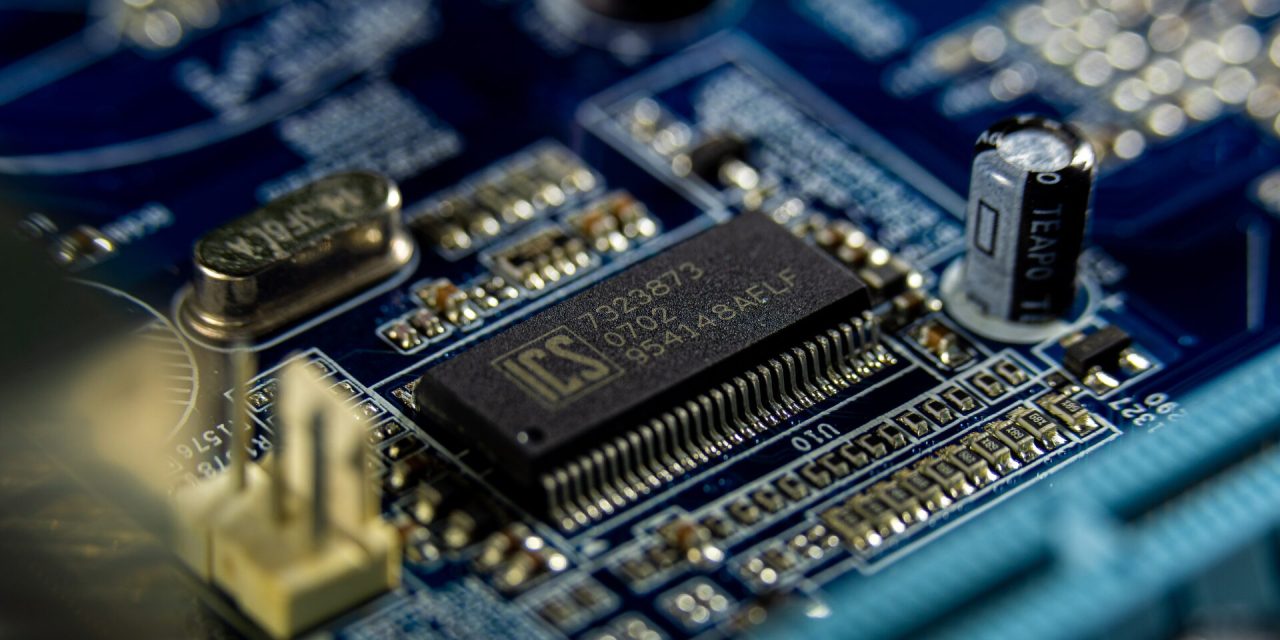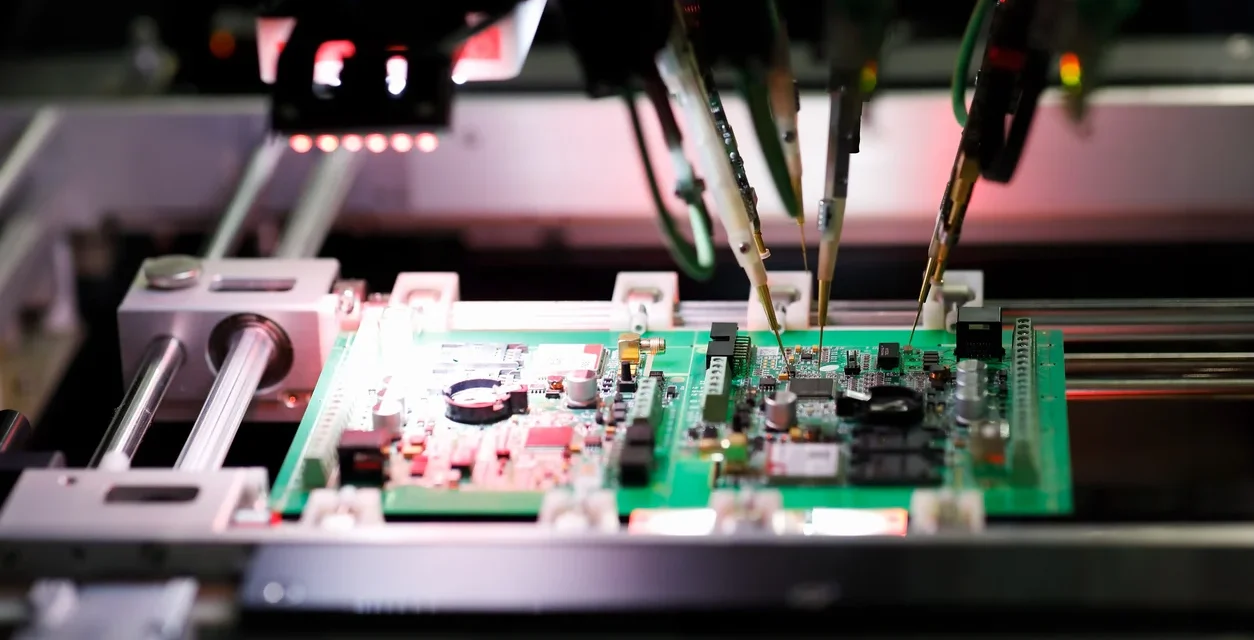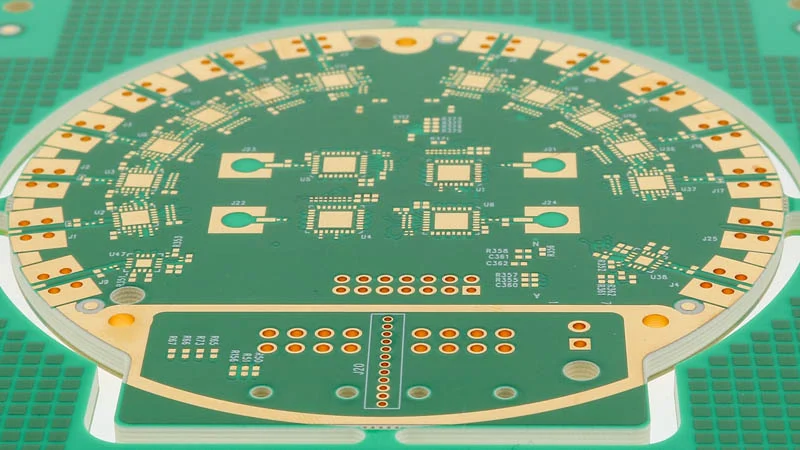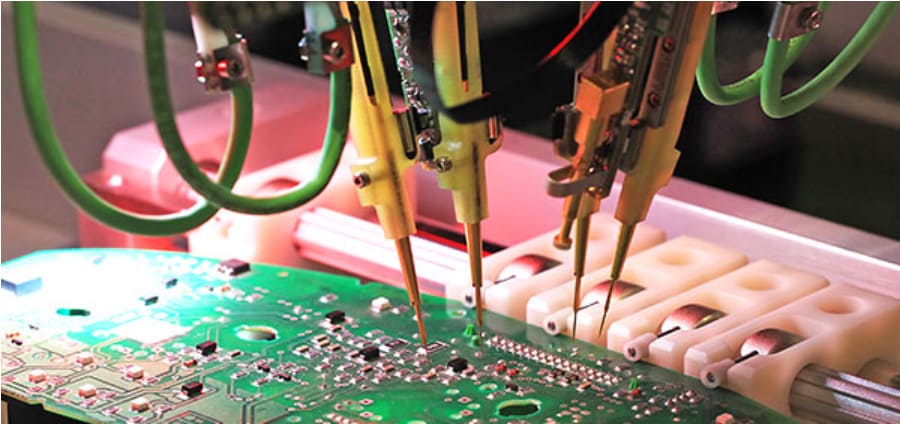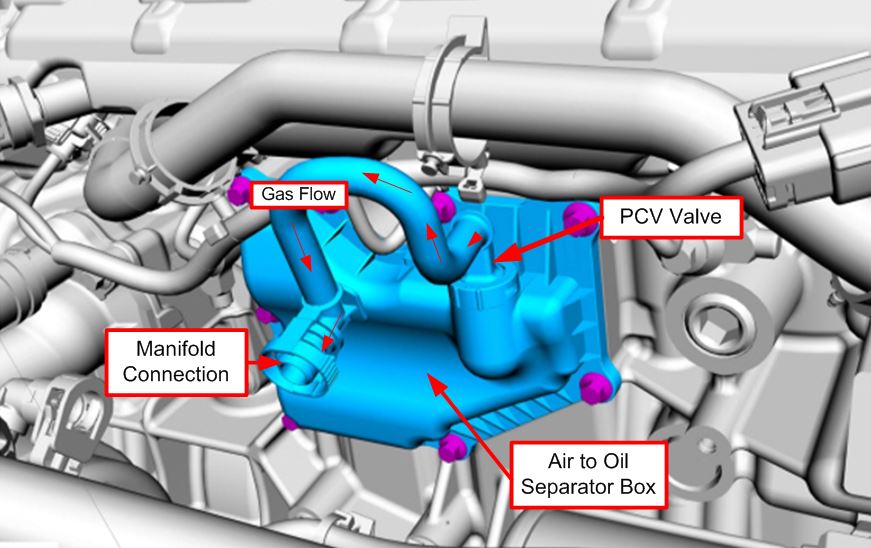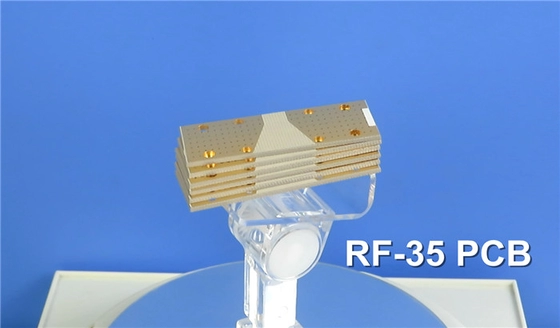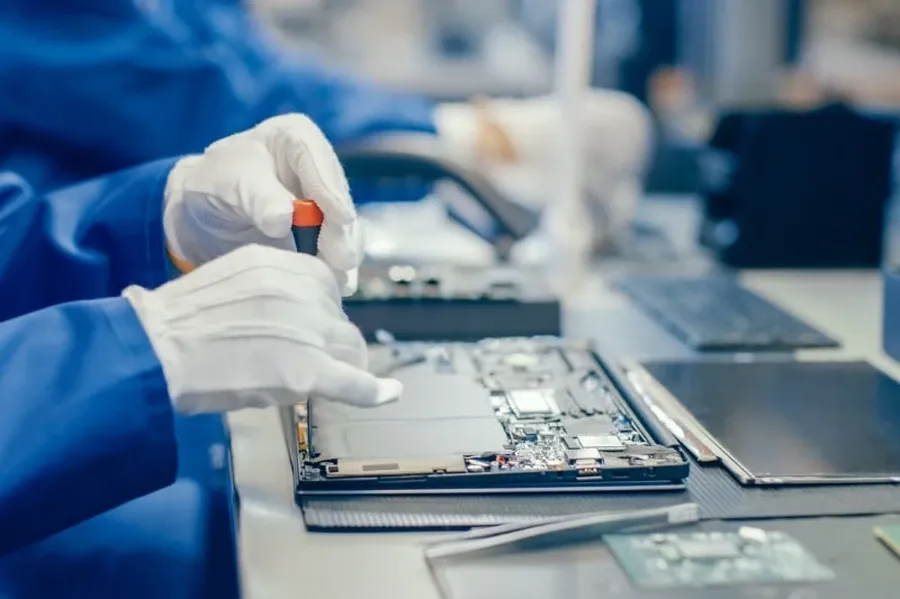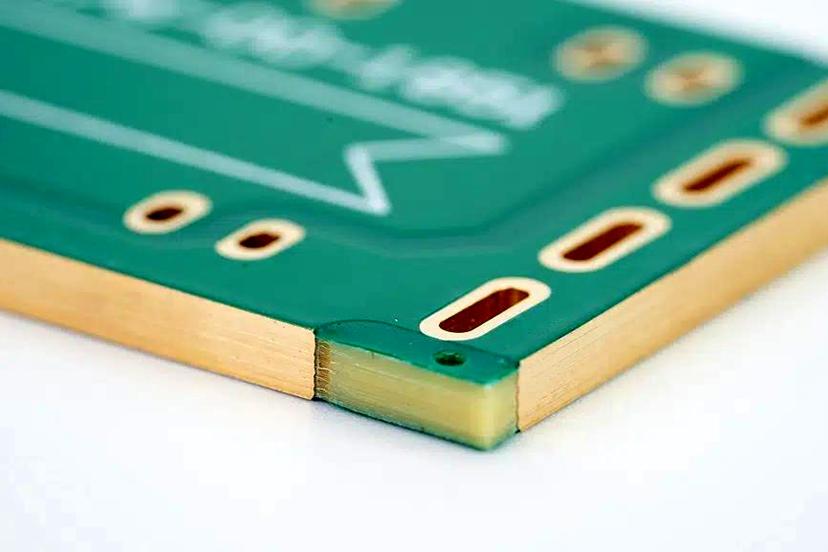Industrial IoT PCB Innovation: The Core of Intelligent Manufacturing 1. Introduction: The Intelligent Backbone of Industry 4.0 The Industrial Internet of Things (IIoT) represents the convergence of machines, sensors, and intelligent electronics into a unified, connected ecosystem. By enabling seamless communication between devices and systems, IIoT is transforming traditional manufacturing into smart, self-optimizing environments. At...
HomeCategory
PCB Design Services | Professional PCB Layout & Design - KKPCB
Flying Probe Testing in Small Batch PCB Manufacturing: Precision, Flexibility, and Cost Efficiency Introduction In the fast-evolving world of PCB manufacturing, small batch and prototype production demand not just precision, but agility. When fixture-based in-circuit testing (ICT) proves too costly or time-consuming, Flying Probe Testing (FPT) provides an intelligent alternative. At KKPCB, we integrate fixtureless...
Discover the best high-frequency PCB materials for RF and microwave applications. Compare Rogers 4000 series, Isola Tachyon, and Panasonic Megtron laminates for low loss, high thermal reliability, and superior signal integrity.
Explore the Rogers High Frequency Electronics Product Selector Guide — your essential resource for selecting high-performance PCB laminates for RF, microwave, 5G, and automotive applications. Compare RO3000, RO4000, RT/duroid, and more.
Engineering Precision: The Critical Role of Probe Card PCBs in Semiconductor Testing Introduction In semiconductor production, precision defines success. Every chip must be verified for performance and reliability before it’s packaged—and the key to this process lies in the probe card PCB.At KKPCB, we specialize in engineering high-performance probe card PCBs that ensure accurate, repeatable,...
What Is a PCV Valve? The acronym PCV stands for Positive Crankcase Ventilation. The PCV valve is a one-way valve that forms part of your vehicle’s PCV system — an integral component in the management of gases produced during engine operation. In simple terms, the PCV valve is responsible for ventilating the crankcase, a part...
Why EMC Matters in PCB Design Electromagnetic Compatibility (EMC) is a key requirement in modern PCB design, ensuring that electronic systems operate reliably without generating or being affected by electromagnetic interference (EMI). Proper PCB layout—especially GND routing, trace spacing, and layer design—plays a decisive role in reducing ESD (Electrostatic Discharge) and improving overall signal integrity....
Introduction As electronic systems continue to evolve toward higher frequencies and faster data rates, the need for advanced laminate materials becomes increasingly critical. Among the top performers in RF and microwave PCB substrates, Taconic RF-35 has gained industry-wide recognition for its outstanding signal integrity, thermal stability, and material uniformity.With a dielectric constant (Dk) of 3.5,...
Engineering Biomedical PCBs for the Future of Healthcare In modern healthcare, technology isn’t just an assistant—it’s an extension of human capability. Every medical innovation, from life-sustaining implants to AI-powered diagnostic equipment, relies on one silent enabler: the Printed Circuit Board (PCB). At KKPCB, we design and manufacture biomedical PCBs that meet the uncompromising demands...
PCBs for Industrial Automation: The Backbone of Modern Control Systems In the fast-evolving world of industrial automation, Printed Circuit Boards (PCBs) are the unsung heroes that power the technology behind every automated machine, robot, and control system. From factory floors to advanced robotics, choosing the right PCB is crucial to the success of your automation...

